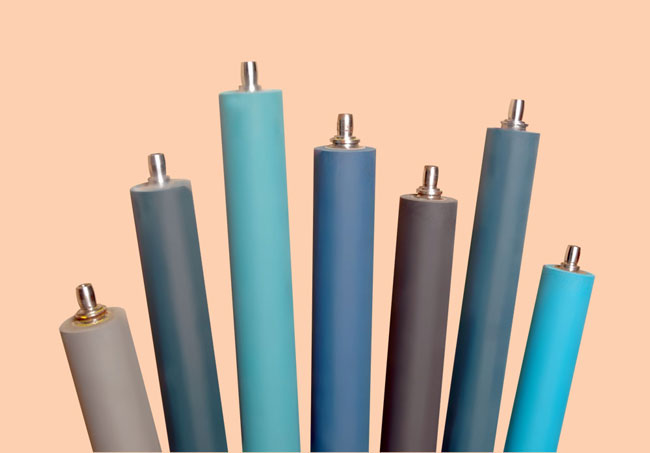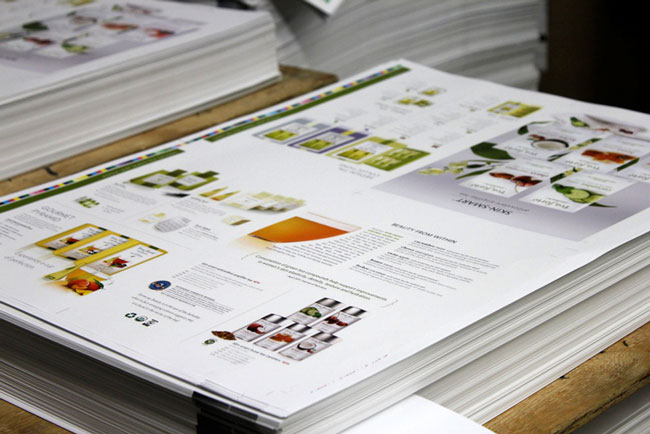Types Of Printing - Offset Printing
Lithography, also known as offset printing, is usually the method used for commercial and mass printing. This type of print is mostly seen in product packaging, such as can labels, catalogues and brochures.
The process: Typically, the images are transferred from thin metal (often made of aluminum) plates to rubber blankets or rollers and then to paper or other materials with rougher surfaces, such as fabric, wood or canvas. It acts on the principle that ink and water don’t mix – these thin metal plates are dampened by rollers with water and ink, and the oil-based ink is then transferred to the image area only, into the rubber blanket and then passed on to the paper.
The metal plate does not come in direct contact with the paper: the lithography machine was designed as such to basically prolong the life of these plates, hence calling the process “offset”.
Various rollers used in offset lithography machines


Commonly used for: Newspapers, posters, books, product labeling and packaging and such.
Why Offset Printing? Though the print is not something as tactile as letterpress, the quality and clarity of lithography is excellent. It works best with images and photographs with rich, vibrant colors and fine details. Offset lithography is often used in printing out publications, as well as promotion and packaging printing. It is also economically cheaper compared to digital printing if ordered in bulk, since the cost is really with the setup of the plates.
Benefits of Offset Printing
Cost effective for high volume/long print runs
The more you print, the cheaper the price per piece
Many custom finishes, and a large variety of paper types available
Large variety of inks available (you can use metallic inks and Pantone colors)
Best available print quality, very consistent output, exact color matchine
Offset Printing Examples





